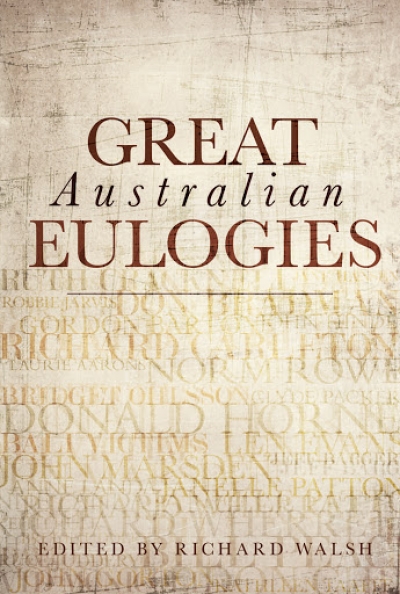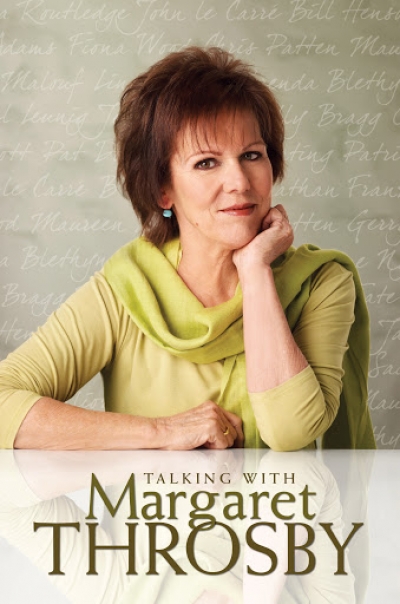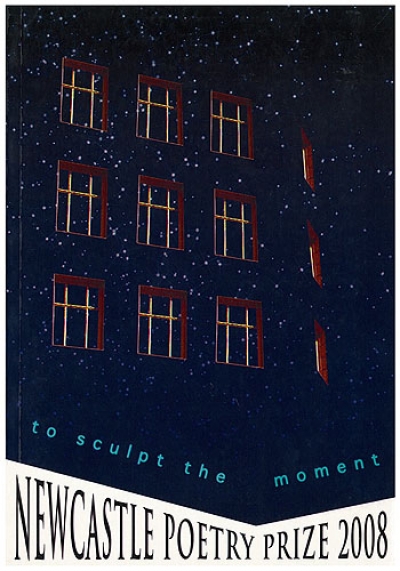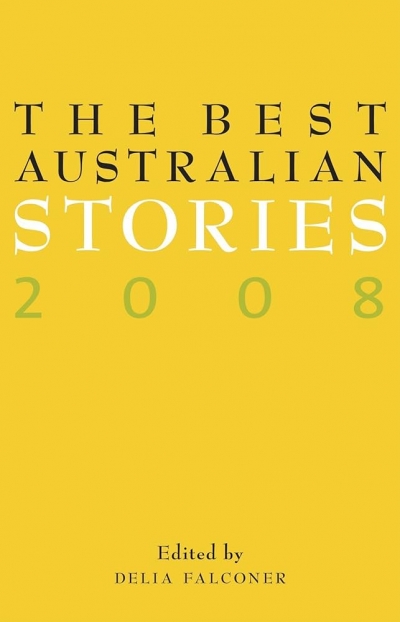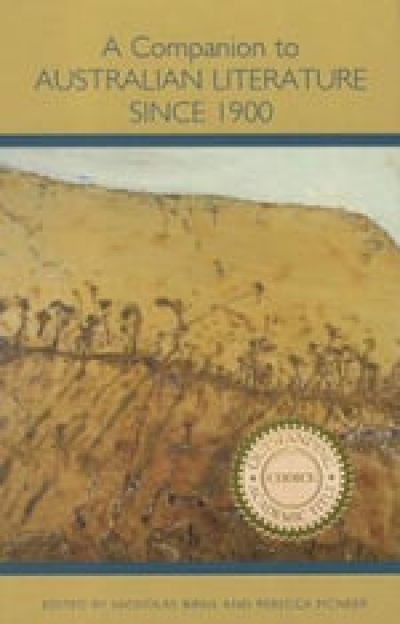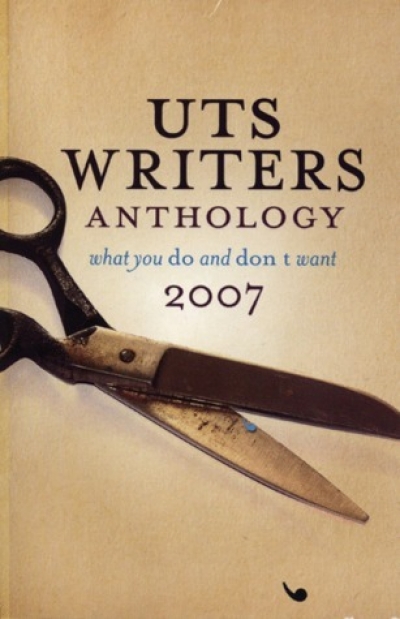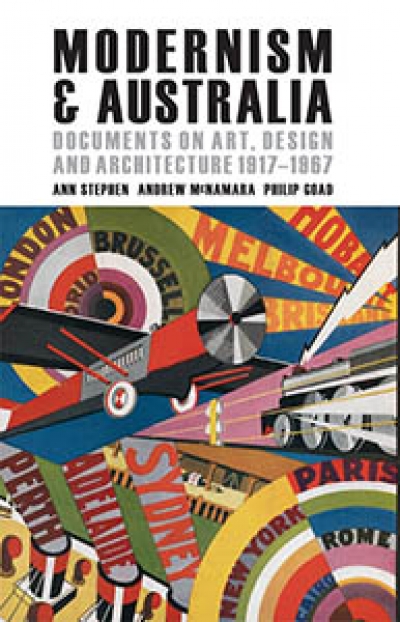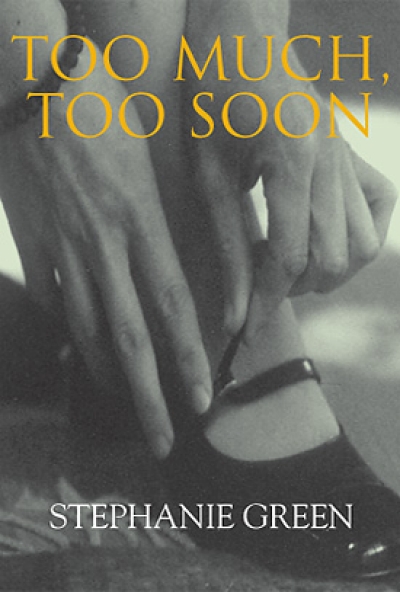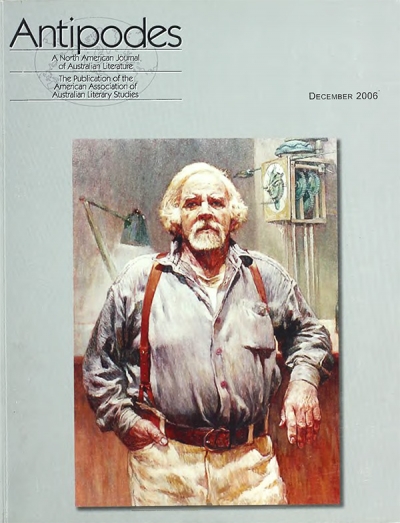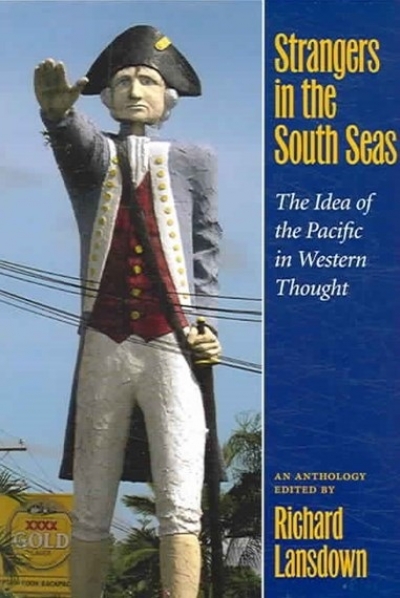Anthology
To Sculpt The Moment: Newcastle Poetry Prize Anthology 2008 edited by Hunter Writers’ Centre
by Anthony Lynch •
The Best Australian Stories 2008 edited by Delia Falconer
by Jeffrey Poacher •
A Companion to Australian Literature Since 1900 edited by Nicholas Birns and Rebecca McNeer
by Peter Pierce •
Modernism & Australia: Documents on art, design and architecture 1917–1967 edited by Ann Stephen, Andrew McNamara, and Philip Goad
by Anthony White •
Antipodes vol. 20, no. 2 edited by Nicholas Birns & Australian Literary Studies vol. 22, no. 4 edited by Leigh Dale
by Maria Takolander •
Strangers in the South Seas: The idea of the Pacific in western thought edited by Richard Lansdown
by Kate Darian-Smith •

